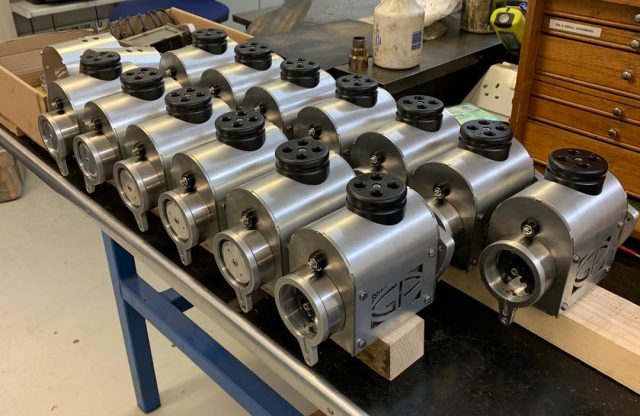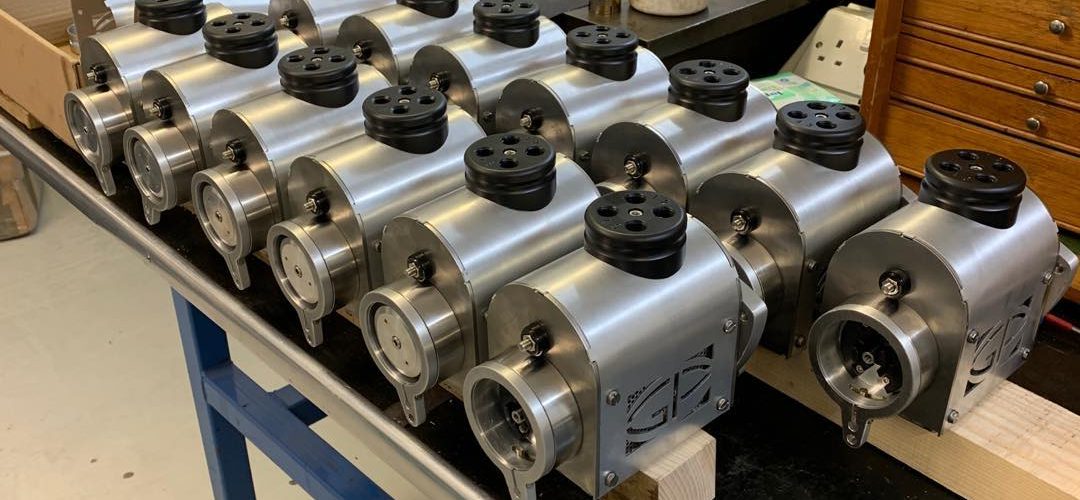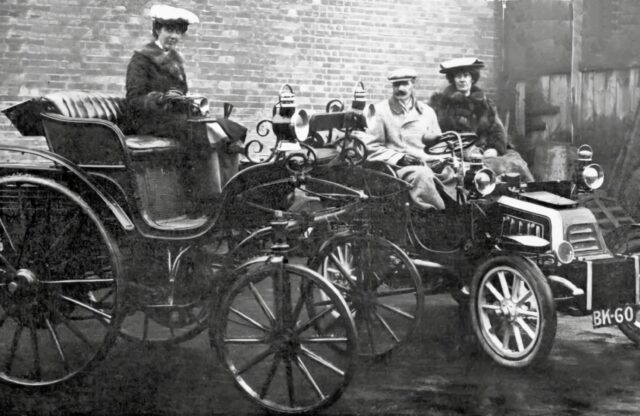WORDS: Neil Godwin-Stubbert | PHOTOGRAPHY: RC MOSS
The Permanent Magnetic Electrical Generator is commonly known as the magneto – a fine name indeed… It’s a relatively simple but vital mechanism that produces current for the spark ignition of an internal-combustion engine, widely used in pre-war cars.
Basically, it’s an electrical generator that’s tuned to periodically produce a very high voltage – and, at just the right time, this spark jumps across the spark-plug gap and ignites the fuel. As long as the engine is running and the magneto’s input shaft is turning, the mag will continue to produce a spark. However, it must have a rotational input before the engine fires, which creates a problem.
The engine has to turn over at enough revolutions per minute to induce the magneto to initially work. In earlier motor vehicles this was done via a starting handle, and later via a starter motor. If you have a weak starter the magneto will fail to produce a spark, and therefore it will not fire the engine. Despite its reliability once running, this is the mag’s inherent failing – which is why cars later switched to ignition-coil set-ups.
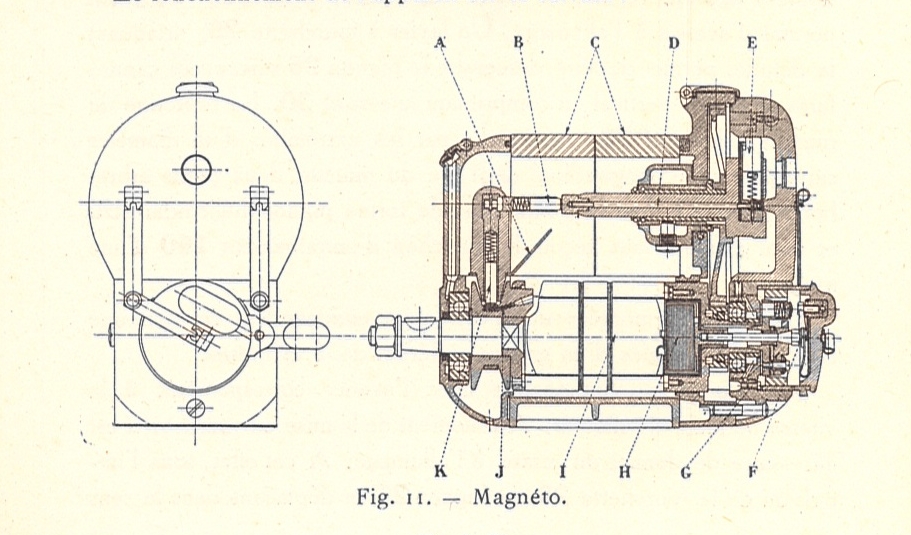
This magneto problem has now been solved by vintage Bentley specialist Graham Moss of RC Moss, and his in-house engineers. Searching for a solution, they have spent countless hours developing and constructing their own magneto replacement, which they’ve named Magnition.
Designed to fit most standard magneto dimensions and locating points, the new unit has only one moving part and the spark is created by a solid-state ignition-coil pack similar to those used on modern cars. It also connects to the original advance and retard functions on the existing mechanism, so it can be adjusted as per the original magneto.
Magnetos are constructed with large horseshoe magnets, which means they are inherently heavy in design. However, because the new Magnition does without the magnets, it is less than half the weight of the magneto it replaces.
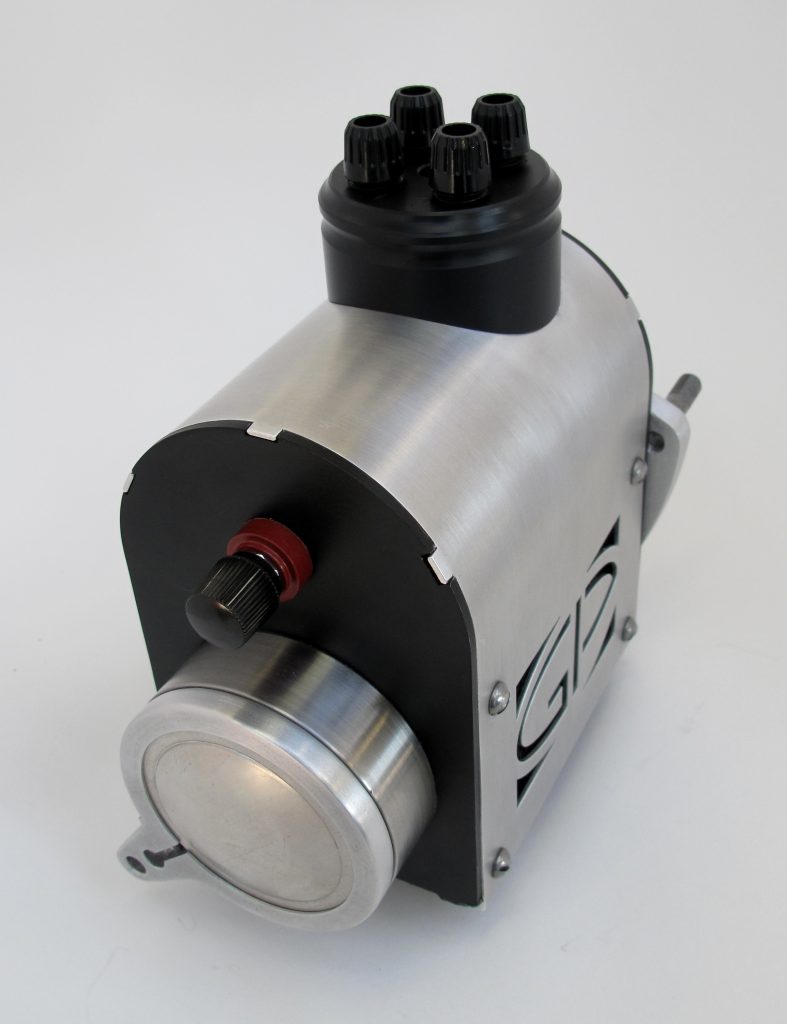
The best feature of the design is that it doesn’t need any rotation from the cranking of the engine for a spark to be produced – it’ll provide a full-power spark from zero revolutions per minute, something a magneto could never do. Even a slow-cranking car will have a full- power spark right from the moment the ignition is turned on.
Graham Moss explains further: “Although we at RC Moss are huge fans of magnetos, and fully restore all makes in house, we do have customers looking for alternative systems for rallies, racing or simply to have a ‘fit and forget’ set-up for the rest of their touring days.
“Having test run the prototypes on my own car for a long period, I know they give the engine a different feel due to the accuracy of the spark distribution; even at 8000rpm on our test rig, they’re perfect. They turned my engine at idle into a metronome.”
The units are available in the form shown, or can be installed in bespoke cases in the style of any known magneto. They’re easy to fit and can be timed in seconds from the front, using the drive dogs from existing mags. They require only a two-amp, 12-volt supply, and operate silently. In most cases the existing magneto’s earth wire can simply be reattached to a switch on the dash to give the 12-volt feed instead of an earth.
The Magnition is available from RC Moss.
